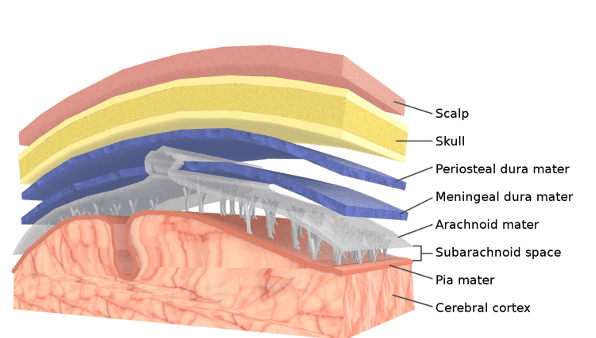A cyst is a fluid-filled sac, somewhat like a facial spot. In cranial cysts, these sacs occur in the skull bone or the brain tissue itself. This blog post will outline the varying causes, the diagnostic process, and their main treatment pathways. Causes Most cysts are congenital, meaning that they were present before or at […]
Articles
Failed back syndrome
Failed back syndrome, post-laminectomy spine syndrome, or post-surgery spine syndrome all refer to a condition where the patient suffers from persistent back pain following spinal surgery. Often, this may result from surgeries to treat back pain. As explained by Follett and Dirks, two researchers in the field, it is the “surgical end stage after one […]
Radiosurgery
What is radiosurgery? Radiosurgery is a surgery that uses ionising radiation to destroy precisely selected areas of tissue, usually tumours and cancers. This procedure is specifically called stereotactic radiosurgery. It usually involves a single treatment of very focused radiation beams (gamma rays, X-rays, or protons) in a focused location without a surgical incision or opening. […]
Hemicrania continua
Hemicrania continua is a primary headache disorder which typically affects the side of the head and is continuous. This condition falls under the category of trigeminal autonomic cephalalgias, a group of headaches that all present unilaterally and which have a mixture of autonomic symptoms distributed along the trigeminal nerve pathway.
Hemangioblastoma
Firstly, what even is a tumour? So, a solid tumour is an abnormal mass of cells that grows on human tissue. We call these cells ‘neoplastic’, meaning ‘new growth’ – these growths are neither requested nor required. We usually distinguish between malignant and benign tumours. Cancerous tumours can be malignant, and so they can proliferate […]

